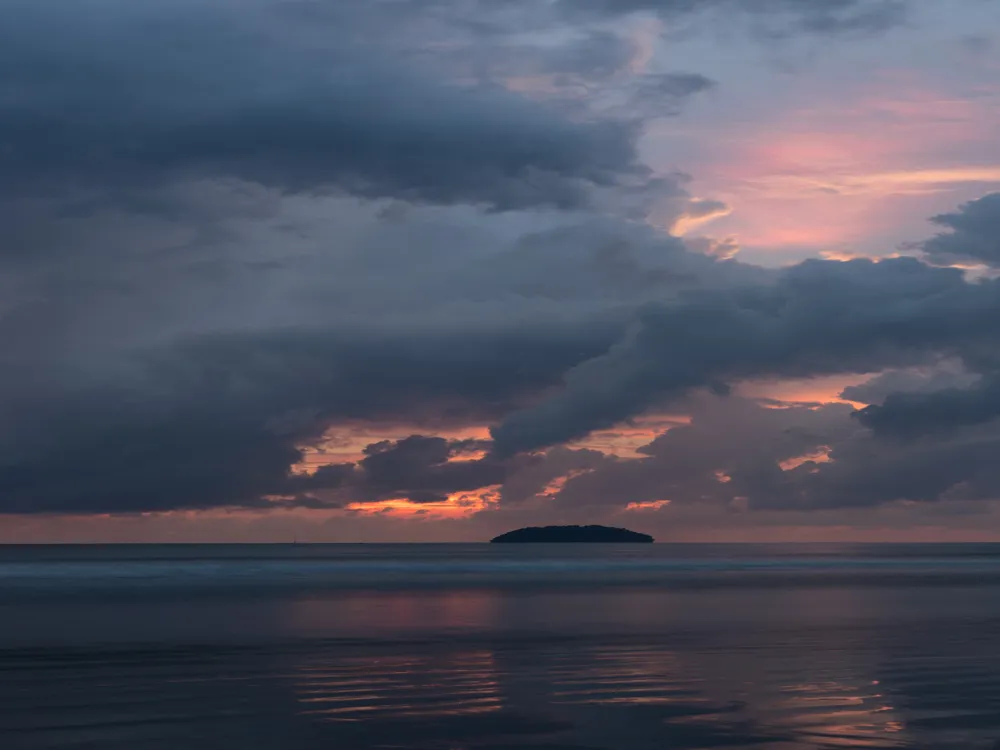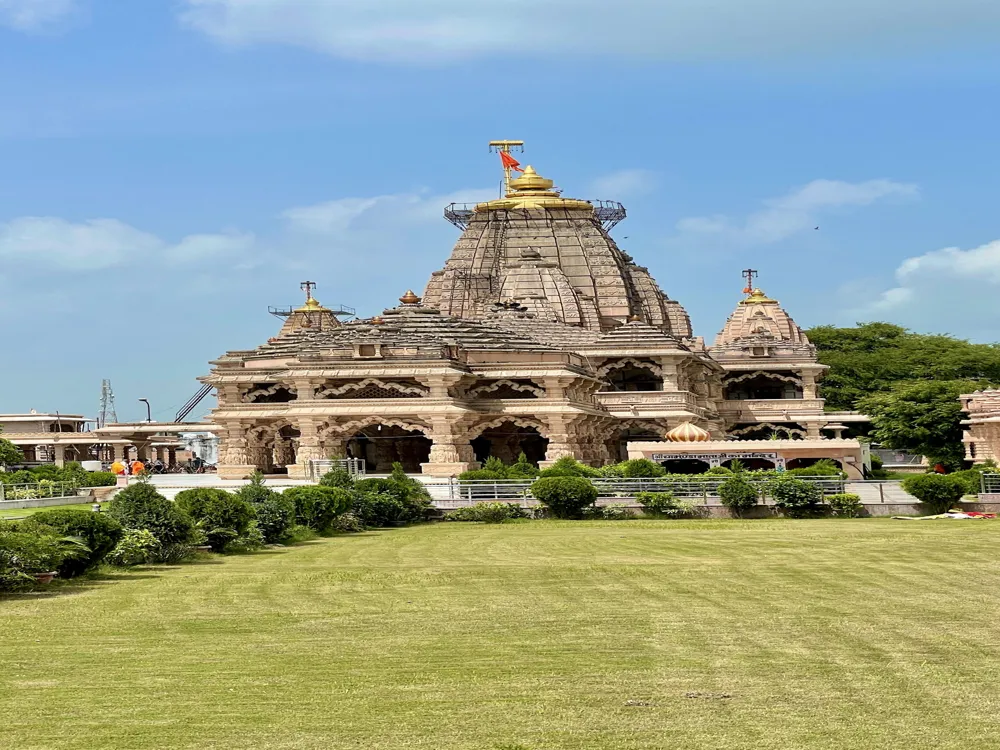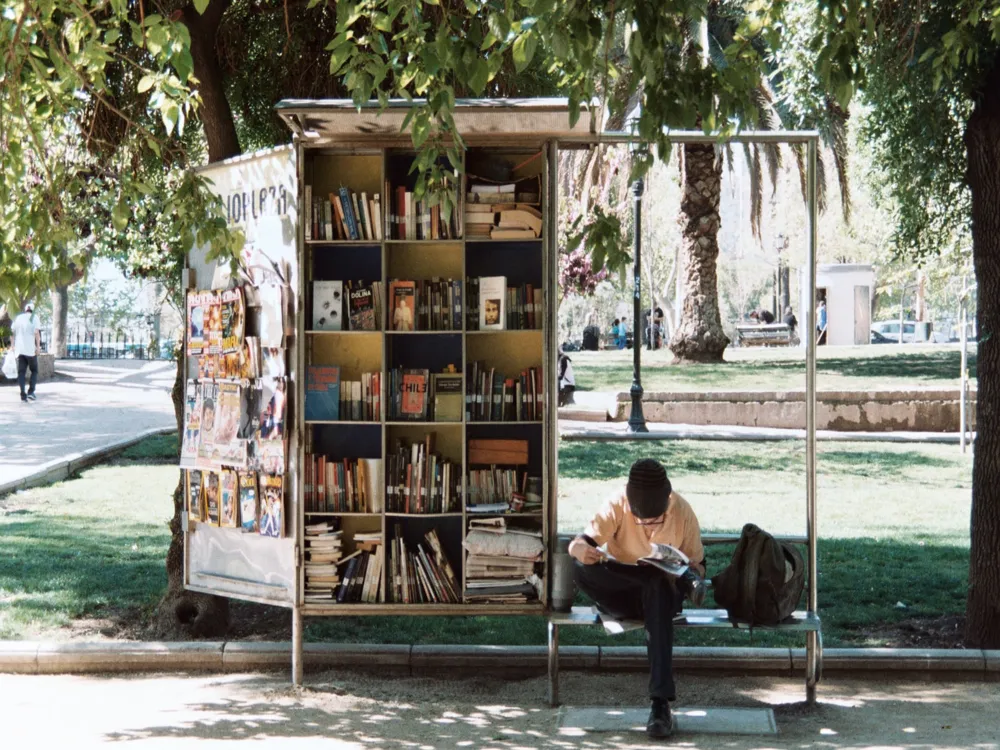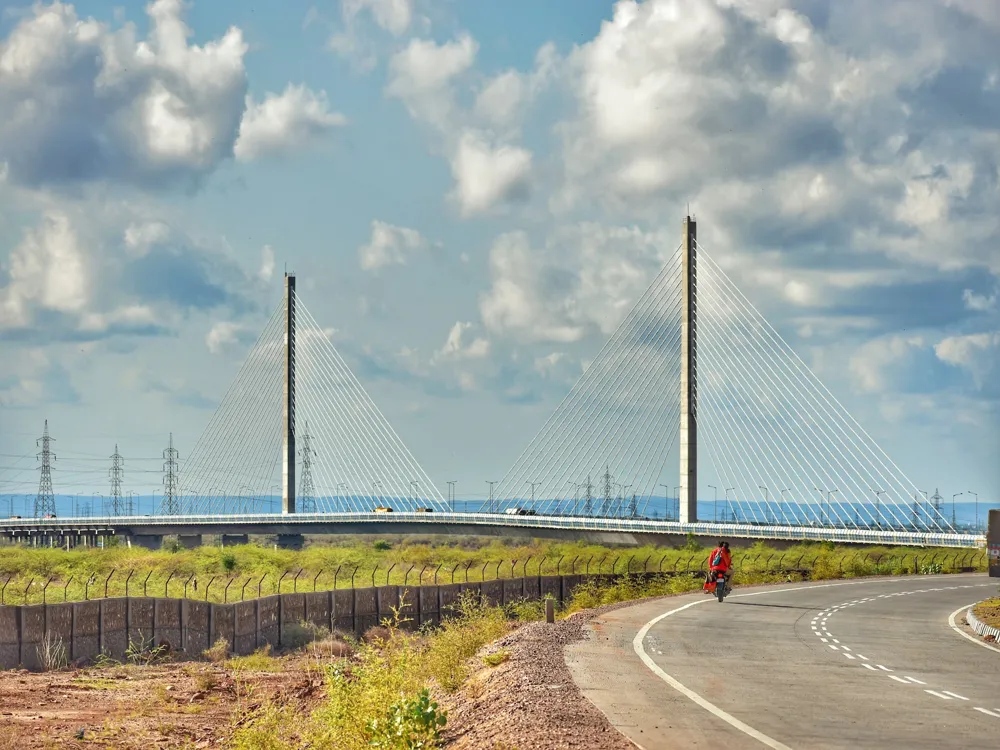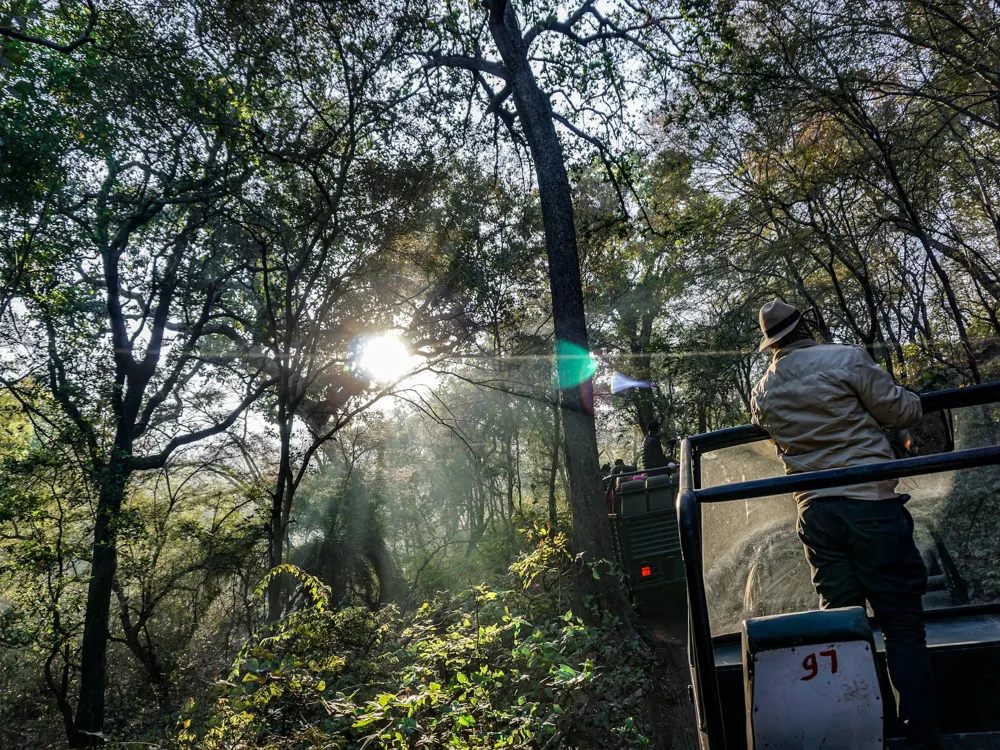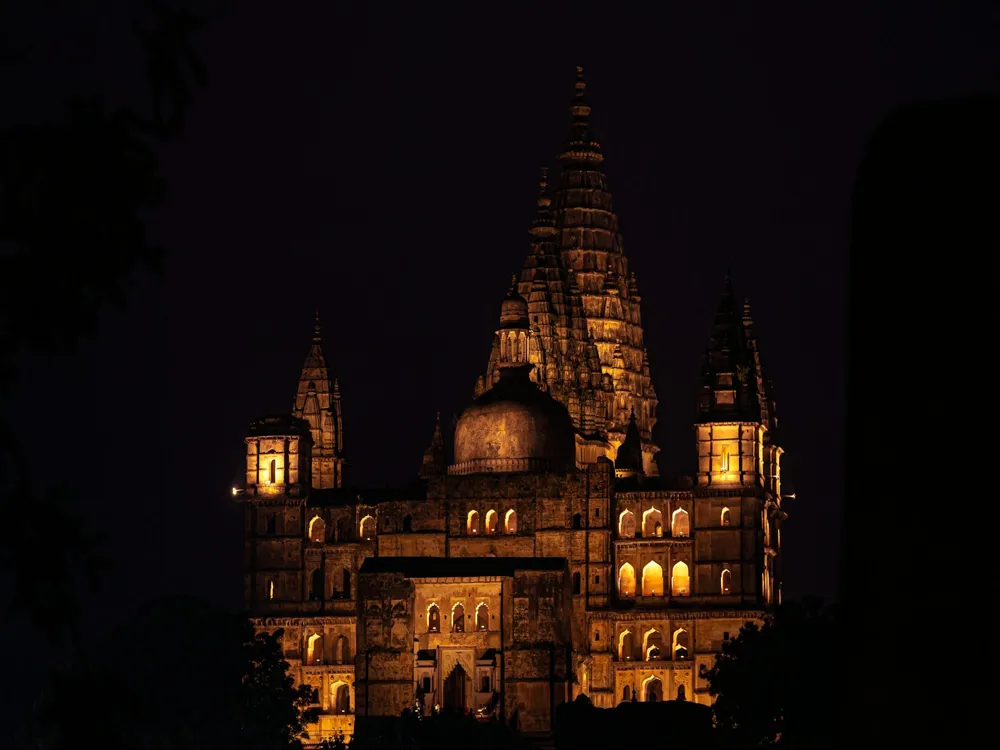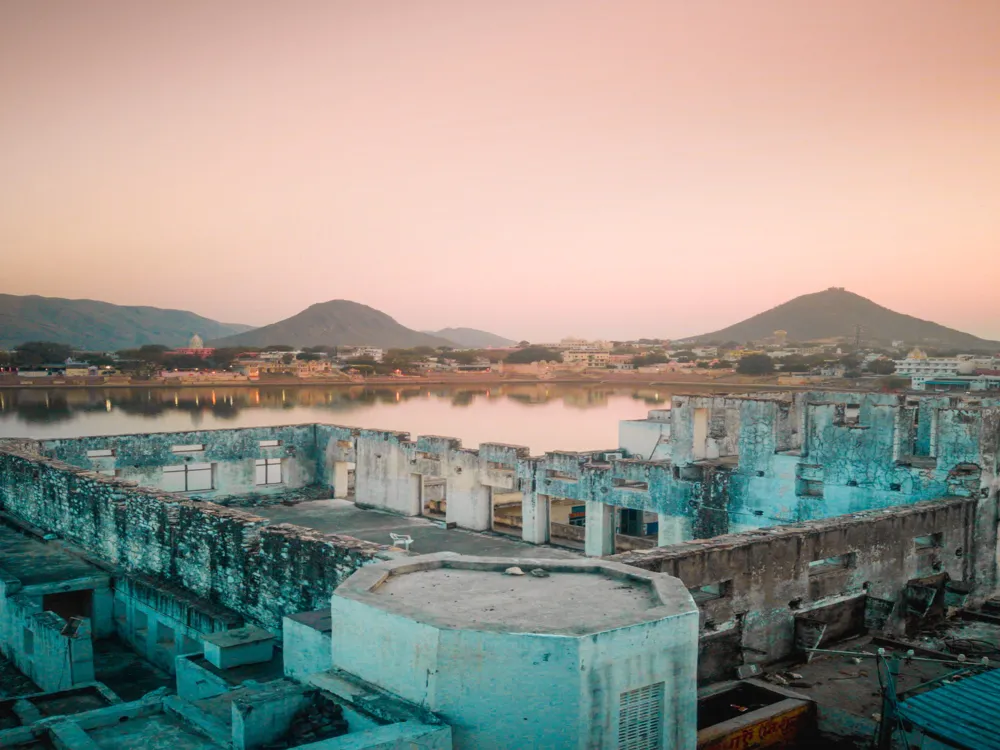Jhalawar Fort, also known as Garh Palace, is a historical marvel located in Jhalawar, Rajasthan. This fort is the epitome of the rich cultural heritage and architectural brilliance of Rajasthan. Dating back to the 19th century, the fort was built by Maharaj Rana Madan Singh, showcasing a blend of Rajput and Mughal architectural styles. It stands as a testament to the grandeur of Rajputana and its history. The fort's location in the southeastern region of Rajasthan adds to its unique appeal. Jhalawar, once known as Brijnagar, is known for its deep historical roots and vibrant cultural tapestry. The Jhalawar Fort is not just a historical structure but a narrative of the past, telling tales of bravery, art, and architectural ingenuity. Its strategic position was pivotal in the history of Rajasthan, playing a significant role in various historical events. The architecture of Jhalawar Fort is a splendid mix of Rajput and Mughal styles, with intricate carvings, majestic gates, and robust fortifications. The fort is adorned with beautiful jharokhas (overhanging balconies), chhatris (cenotaphs), and a series of courtyards that add to its grandeur. The fort's walls are decorated with frescoes depicting scenes from Indian mythology and the Rajputana lifestyle, providing a glimpse into the artistic skills of the era. The Jhalawar Fort's architecture is a magnificent exemplar of Rajasthani craftsmanship and Mughal influence. It's a masterpiece that exhibits the fusion of two distinct architectural styles, forming a unique aesthetic. The fort's layout and design reflect the strategic and aesthetic sensibilities of its builders. One of the most striking features of the fort is its massive gateways, which are not just entrances but works of art. These gateways are adorned with detailed carvings and paintings, showcasing the skill of the artisans. The fort comprises several palaces, each with its unique charm and architectural features. The Sheesh Mahal (Mirror Palace) is particularly noteworthy, with walls and ceilings adorned with mirrors and intricate glasswork, creating a mesmerizing effect. The fort's defensive structures, such as the bastions and thick walls, highlight the military acumen of the Rajput rulers. These structures were ingeniously designed to provide maximum security against invaders. The fort also features beautiful gardens and water bodies, adding a serene and aesthetic element to the robust fortifications. The best time to visit Jhalawar Fort is from October to March, when the weather is pleasant, making it ideal for exploring the fort and its surroundings. Opt for guided tours to gain in-depth knowledge about the fort's history, architecture, and cultural significance. Dress conservatively and comfortably, considering the local culture and the walking involved in exploring the fort. Jhalawar Fort is well-connected and can be reached by various means of transportation. The nearest airport is in Kota, approximately 87 kilometers away. Regular bus services and taxis are available from Kota to Jhalawar. For those preferring trains, the nearest railway station is Jhalawar Road, located about 25 kilometers from the fort. Local transportation within Jhalawar is readily available for reaching the fort. Read More: Overview of Jhalawar Fort, Jhalawar, Rajasthan
Architecture of Jhalawar Fort
Tips When Visiting Jhalawar Fort
Best Time to Visit
Guided Tours
Dress Appropriately
How To Reach Jhalawar Fort
Jhalawar Fort
Jhalawar
Rajasthan
NaN onwards
View jhalawar Packages
Also Refered As:
Gagron Fort
Jhalawar Travel Packages
View All Packages For Jhalawar
Top Hotel Collections for Jhalawar

Private Pool

Luxury Hotels

5-Star Hotels

Pet Friendly
Top Hotels Near Jhalawar
Other Top Ranking Places In Jhalawar
View All Places To Visit In jhalawar
View jhalawar Packages
Also Refered As:
Gagron Fort
Jhalawar Travel Packages
View All Packages For Jhalawar
Top Hotel Collections for Jhalawar

Private Pool

Luxury Hotels

5-Star Hotels

Pet Friendly














